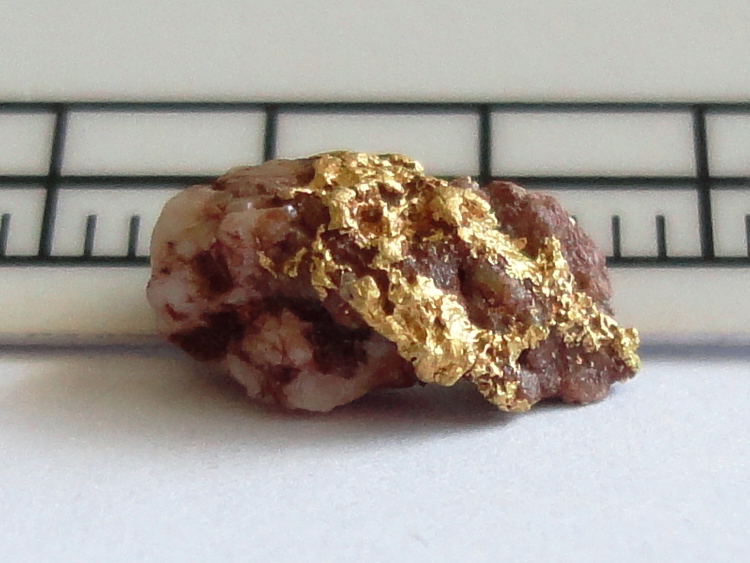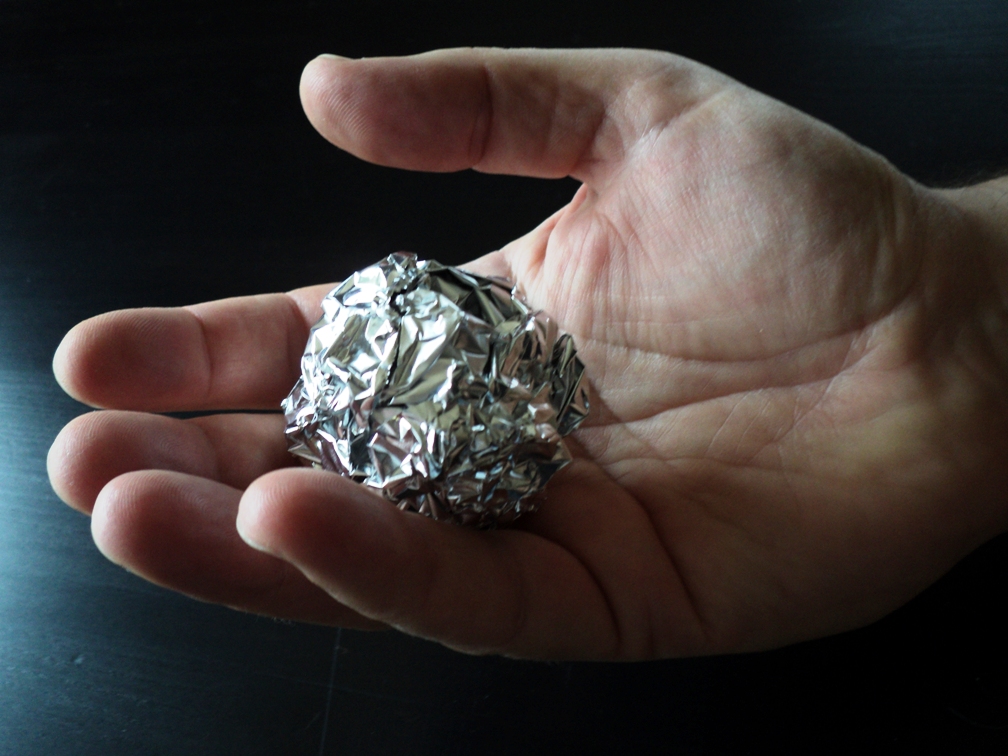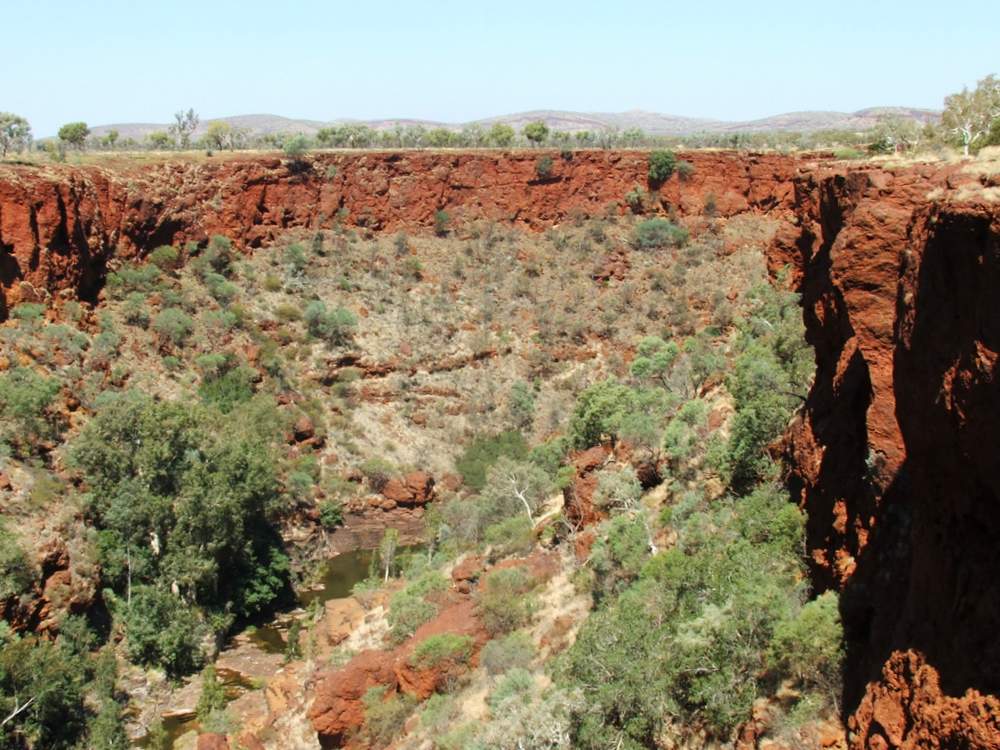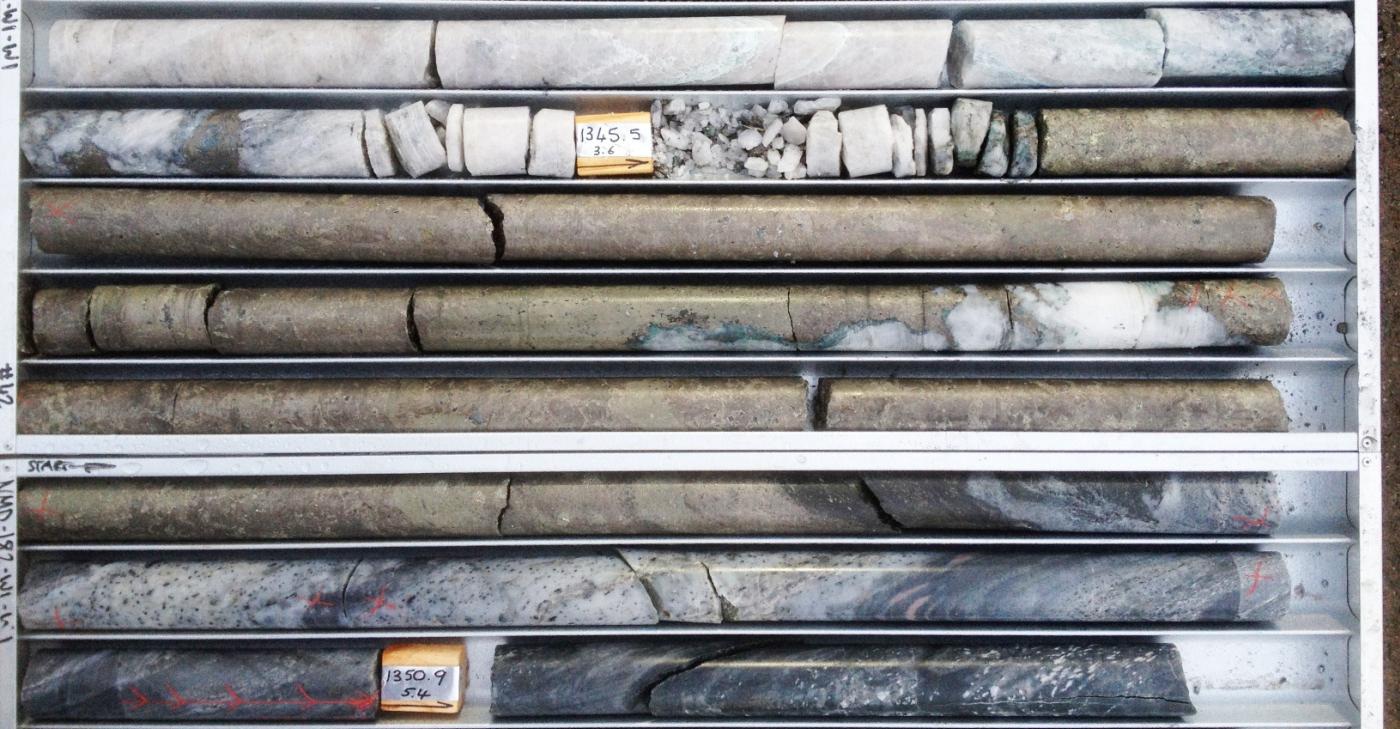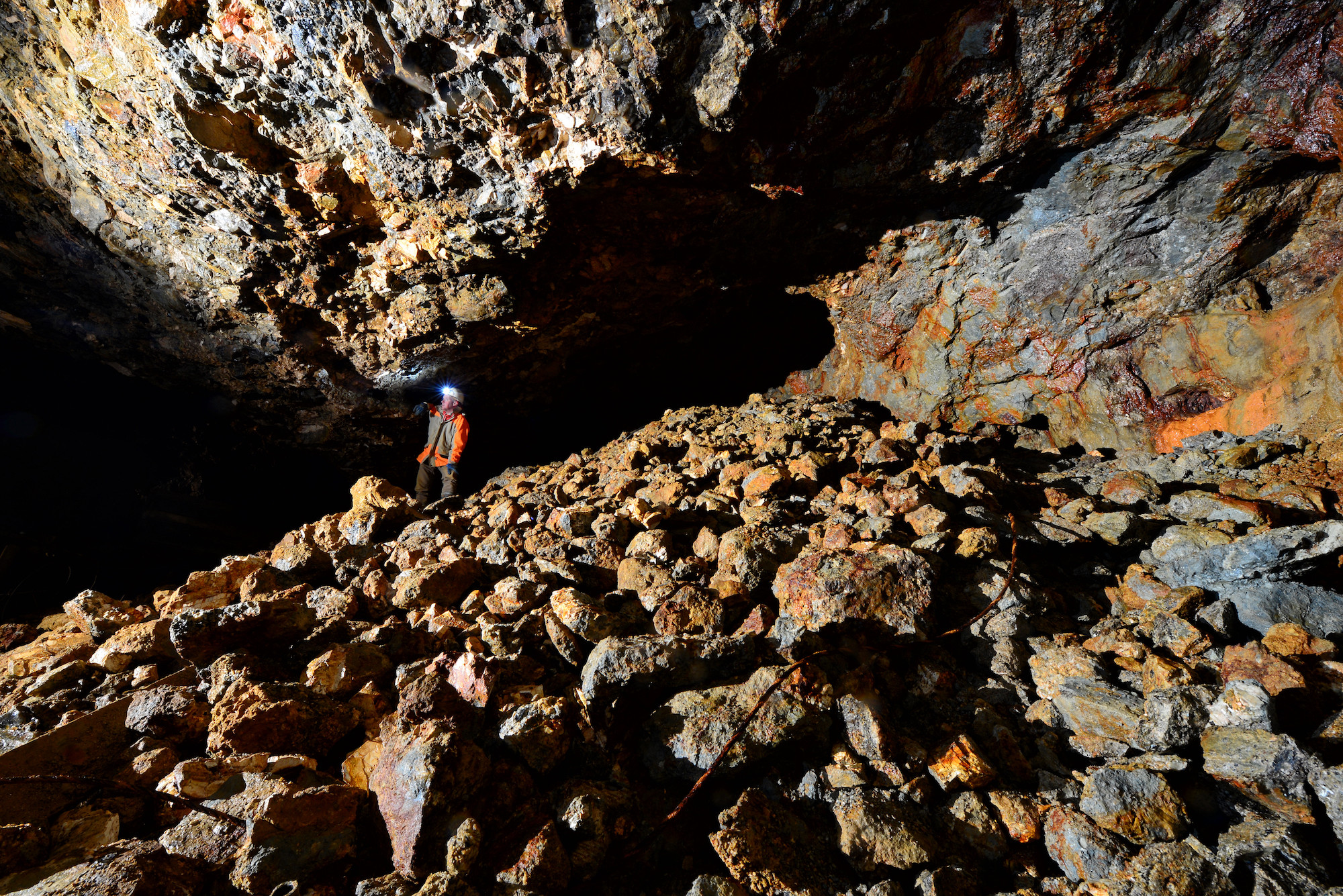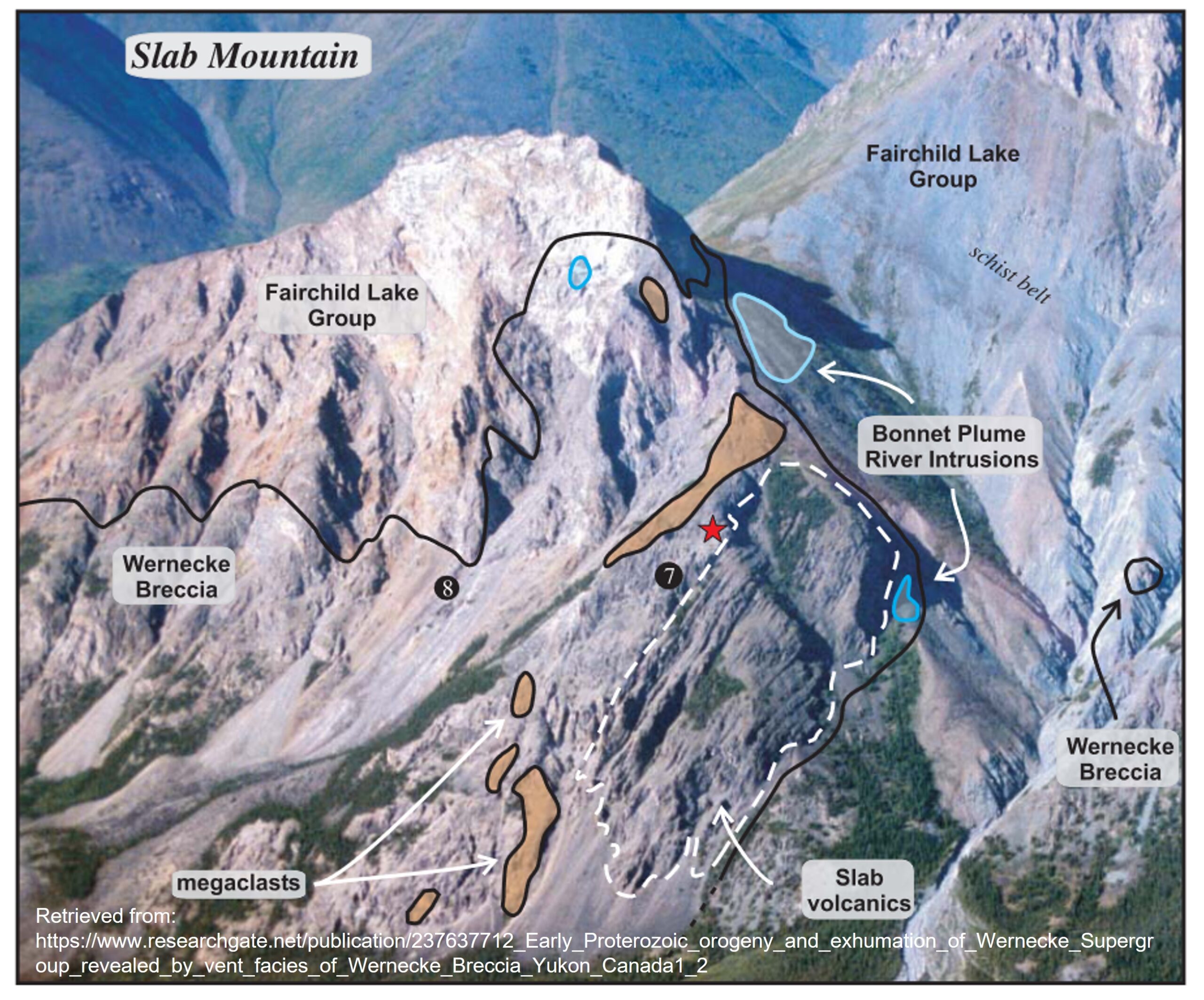Copper has been used by mankind for over 10,000 years. Highly prized for its strength and its suitability for use weapons, the first alloy of copper, bronze, lent its name to an important period of prehistoric man’s development – the Bronze Age.
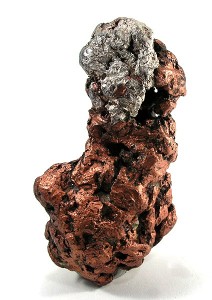
Copper is number 29 on the periodic table of the elements. It has the symbol Cu, which is an abbreviation of cuprum; the Latin word for copper. Copper shares similar properties to silver and gold, which are located in the same chemical group on the periodic table. It is quite a dense metal, being nine times heavier than the same volume of water. Like silver and gold, it is malleable, in other words it can be shaped and bent without breaking. Copper is a good conductor of both heat and electricity..
On freshly exposed surfaces, copper has a reddish orange colour and a metallic lustre. It is resistant to oxidation in water, although it will slowly acquire a dull greenish oxidised layer when exposed to air, called verdigris. This layer is made up of copper carbonate compounds and protects the copper from further bulk corrosion.
What are its uses?
Copper is one of the first metals to be used by humans, along with gold and meteoritic iron. Native copper, or pure metallic copper, was mined and used before it was known that copper could be extracted from its ores.
The demand for copper saw the development of methods of extracting copper from its ores. It was also discovered that alloying copper with other metals, improved malleability and durability of the resulting metal. It could be said that copper created the entire science of metallurgy.
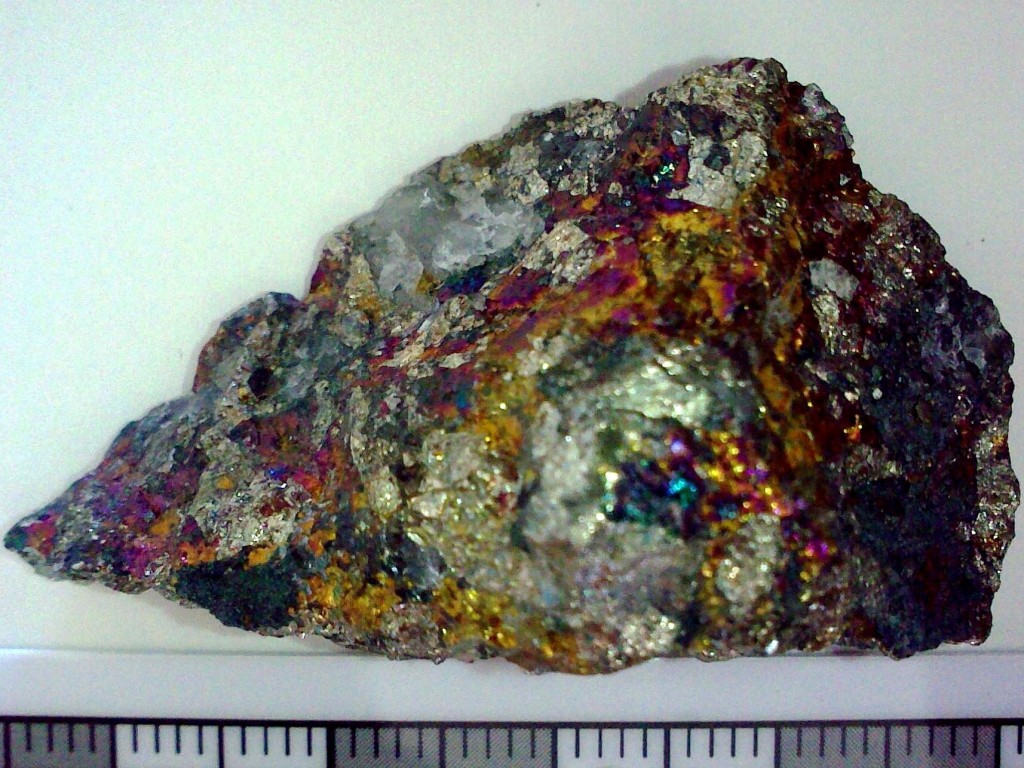
The first bronze created was an alloy of arsenic and copper, however it was soon realised that an alloy of copper and tin was easier to work. Brasses were also produced by adding zinc to copper in varying proportions. These were often substituted for bronze, particularly when tin was in short supply.
The alloying of copper with other metals was such a significant breakthrough that the Bronze Age, spanning the period 3300 BC to 1200 BC, was named after it.
Bronze was harder and tougher than copper, so it was made better tools, arrow heads, swords and armour. Bronze was also used in the construction of buildings as it is more durable than copper and stone. Eventually, steel replaced bronze as it was cheaper and stronger, and blades made from it kept their sharpness longer. Bronze is still used today in currency, especially in low denomination coins.
Today, the single biggest use for copper is in the production of copper wire. Its high electrical conductivity and ability to be drawn out easily into wire makes copper ideal for this application. Copper is also used extensively in piping for hot water and steam due to its corrosion resistance.
Where is it found?
The main copper ore mineral is chalcopyrite, a copper iron sulphide mineral. Ore containing chalcopyrite is commonly called “peacock ore” due to the iridescent colours it exhibits on crystal surfaces (Figure 1).
Other important copper ore minerals include bornite, another sulphide of copper and iron, chalcocite, a sulphide of copper, and cuprite an oxide of copper.
Copper minerals are found in many different ore deposit types and settings, including porphyry, iron oxide-copper-gold (IOCG), volcanogenic massive sulphide (VMS), strataform and strata-bound deposits. Copper porphyry deposits are by far the most common copper ore type, however they tend to be of relatively low grade. The enormous Chuquicamata porphyry copper deposit in Chile is the largest open pit copper mine in the world by volume of rock excavated.
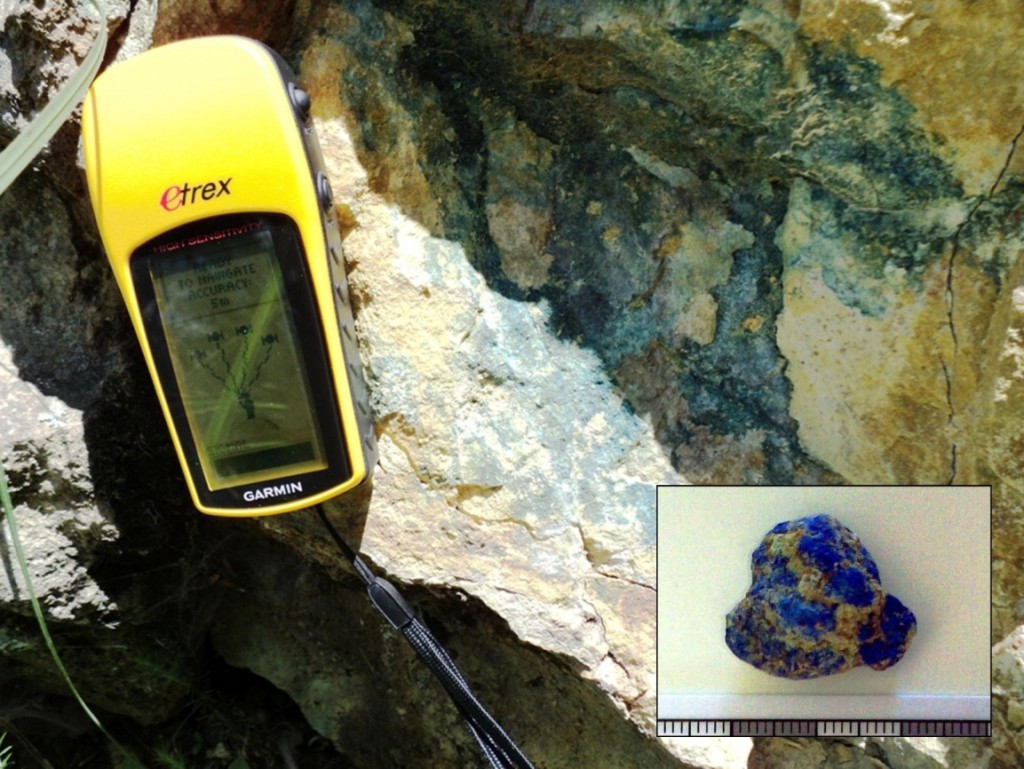
In the upper levels of copper ore deposits, a process called supergene enrichment creates higher grade ores as percolating rainwater interacts with the ore minerals. At the interface between the surface zone of oxidation and the deeper reduction layers, the secondary copper sulphides; chalcocite, covellite, digenite and djurleite are deposited. In the uppermost oxidised zone, the secondary copper ore minerals azurite and malachite are formed. These copper carbonates have characteristic blue and green colours which make for their easy identification when exploring for them in the field (Figure 2). Some of these secondary copper minerals are so attractive that they are used as semi-precious stones in their own right.

